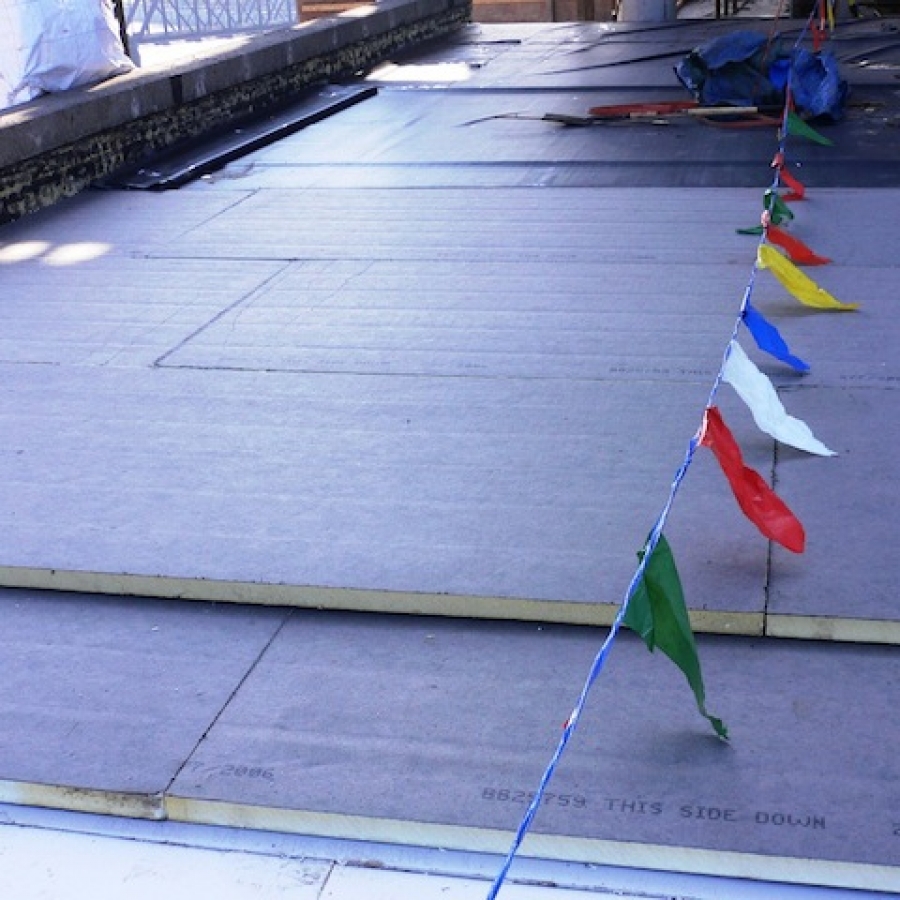Combination Air Barriers/Vapor Diffusion Retarders
An air barrier/vapor diffusion retarder attempts to combine water vapor diffusion and air movement control with one material. This type of material is most appropriate for southern climates where keeping humid outdoor air from entering the building cavities is critical during the cooling season.

Topic Summary
In many cases, air barriers/vapor diffusion retarders consist of one or more of the following materials:
- Polyethylene plastic sheets
- Builder's foil
- Foam board insulation
- Other exterior sheathings
Air barriers/vapor diffusion retarders are generally placed around the perimeter of the building just under the exterior finish, or they may actually be the exterior finish. The key to making them work effectively is to permanently and carefully seal all of the seams and penetrations, including around windows, doors, electrical outlets, plumbing stacks, and vent fans.
Missed gaps of any size not only increase energy use, but also increase the risk of moisture damage to the house, especially during the cooling season. An air barrier/vapor diffusion retarder should also be carefully inspected after installation before other work covers it. If small holes are found, you can repair them with caulk or polyethylene or foil tape. Areas with larger holes or tears should be removed and replaced. Patches should always be large enough to cover the damage and overlap any adjacent wood framing.
Article source: The U.S. Department of Energy’s Office of Energy Efficiency and Renewable Energy (EERE). For the most up-to-date information please visit the EERE website.



